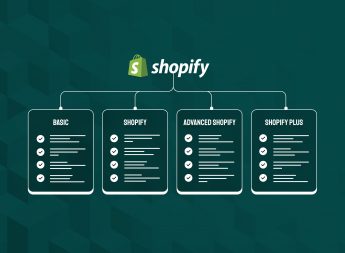Effective Strategies for Seamless Integration of Outsourced Developers into In-House Teams

Selecting the Ideal Outsourcing Partner
As businesses venture into engaging outsourced developers, the selection of the right outsourcing partner becomes instrumental in ensuring successful integration. This process involves thorough evaluation to align the partner’s expertise with the project requisites and team dynamics.
Spending ample time on selecting the right outsourcing partner is crucial, considering aspects such as technical proficiency, cultural fit, and previous project successes. By carefully aligning these qualities, businesses can establish a strong foundation for seamless integration, promoting cohesive teamwork and maximising the potential of external developers.
Strategising the Integration Process with Outsourced Partners
Planning the integration of outsourced developers requires a comprehensive approach, encompassing the definition of processes, tools, and methodologies to be employed. Detailed planning strategies are imperative for the smooth onboarding and integration of the external development team. This planning should be intricately aligned with project goals and timelines, ensuring that all parties are synchronised in working towards a common objective.
By formulating a robust integration plan, businesses can mitigate integration challenges and create an environment conducive to collaborative productivity and seamless processes.
Effective Communication Strategies for Seamless Integration
Clear and effective communication lies at the core of successful integration when collaborating with outsourced developers. Leveraging a range of communication tools and methodologies is essential for bridging the gap between in-house and external teams. Open channels for feedback and discussion should be established, allowing for seamless information exchange and alignment of project goals.
Embracing transparent and regular communication practices fosters harmonious teamwork, ensuring that all stakeholders are on the same page throughout the integration process.
Establishing Transparent Communication Expectations
Setting explicit and consistent communication expectations for both in-house and outsourced teams is crucial for promoting cohesive integration. This involves defining communication protocols, feedback mechanisms, and addressing potential language or time zone barriers. By cultivating a culture of transparent communication, businesses can eliminate ambiguity and misunderstandings, fostering an environment where the entire team works synergistically towards shared objectives.
Clear communication expectations set the stage for effective collaboration, aligning efforts and streamlining the integration process.
Aligning Roles and Expertise to Drive Collaborative Performance
Agreeing upon the division of tasks and expertise is paramount to avoid overlaps or gaps in responsibilities. This process entails a clear delineation of roles and responsibilities, ensuring that each team member, whether in-house or outsourced, understands their distinct contributions to the project. Aligning tasks with the expertise of outsourced developers facilitates efficient utilisation of their skills and knowledge.
By agreeing explicitly on task division, businesses can optimise the distribution of responsibilities, fostering a harmonious working environment and maximising overall productivity.
Assessing Integration Success and Performance Metrics
The ability to understand and measure the success of integrating outsourced developers is pivotal to monitoring their impact and optimising the collaboration. Establishing clear metrics for evaluation, such as productivity, quality, and stakeholder satisfaction, offers valuable insights into the effectiveness of the integration.
By continuously tracking performance and gathering feedback, businesses can refine strategies, address bottlenecks, and drive continuous improvement, ensuring that the integration process evolves in line with project requirements and goals.
Optimising Contributions from External Development Resources
Leveraging the expertise of external developers to maximise project value encompasses the strategic integration of outsourced talent into the existing team. Practical strategies, such as creating inclusive environments and fostering collaborative dynamics, enable businesses to harness the full potential of outsourced developers. This inclusive approach fosters a sense of shared ownership and accountability, empowering the entire team to collectively drive project success.
By maximising the value derived from external developers, businesses can achieve enhanced innovation, accelerated project delivery, and sustainable competitive advantage.
Cultivating Cohesive Integrated Teams for Success
The successful integration of outsourced developers into existing teams demands thorough planning, effective communication, and collaborative teamwork. By meticulously selecting the right outsourcing partners, defining clear communication expectations, and aligning tasks and expertise, businesses can build a cohesive and high-performing integrated team. With this understanding and by measuring success, fostering continuous improvement, and maximising the value derived from external developers. Readers are encouraged to apply the outlined strategies and embrace a proactive approach to integrated teamwork, driving successful outcomes and sustainable growth in the dynamic landscape of software development.






